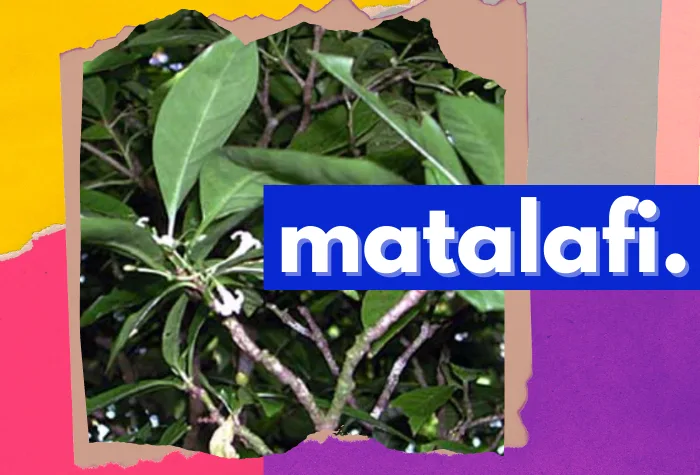
Plant used by Indigenous Samoan healers as potent as ibuprofen
Scientists say Indigenous healers use numerous plants that may have pharmaceutical applications.
Psychotria insularum or matalafi, as it's locally known, has been used in traditional medicine in Samoa for generations to treat inflammation associated with fevers, swelling, skin infections, and wounds, and other things.
Now, a new study published in the journal [PNAS], which was led by Indigenous Samoan scientist Seeseei Molimau-Samasoni, finds the herb could be as potent as the common over-the-counter drug ibuprofen, which also works by reducing inflammation.
Matalafi grows along Samoa's coasts and cloud forests and is identified by its bright red berries.
In Indigenous communities, Samoan healers chop up matalafi leaves and apply it topically to heal wounds and prevent infection.
While it's unlikely matalafi will surpass ibuprofen as a go-to for pain relief, The study's authors say the research is meaningful because it leverages the knowledge of Indigenous Samoan communities, which played an active role in the information gathering process. For the paper, Molimau-Samasoni went directly to the source, partnering with traditional healers to harvest matalafi alongside other healing plants.

Matalafi. (Hawaii.edu)
The leaves were then blended up and sent to a New Zealand lab and, when compared to ibuprofen, malatafi proved to be just as potent.
"This was the plant I was most sceptical about," Molimau-Samasoni said in a video).
"But it turned out to be my most potent extract."
The authors are now speculating about new applications for traditional medicine.
“I believe we’ve just started to unravel the potential of matalafi. But there’s also honestly hundreds of other traditional medicines here in Samoa to research,” Molimau-Samasoni told The Guardian.
“We now have a laboratory dedicated to anti-microbial benefits in traditional medicines, a laboratory looking into anti-diabetes activity in traditional medicines, and a laboratory looking into anti-cancer activity in traditional medicines. We are only just getting started.”
Image stylized by Cheryl Santa Maria. Matalafi photo courtesy: Hawaii.edu











